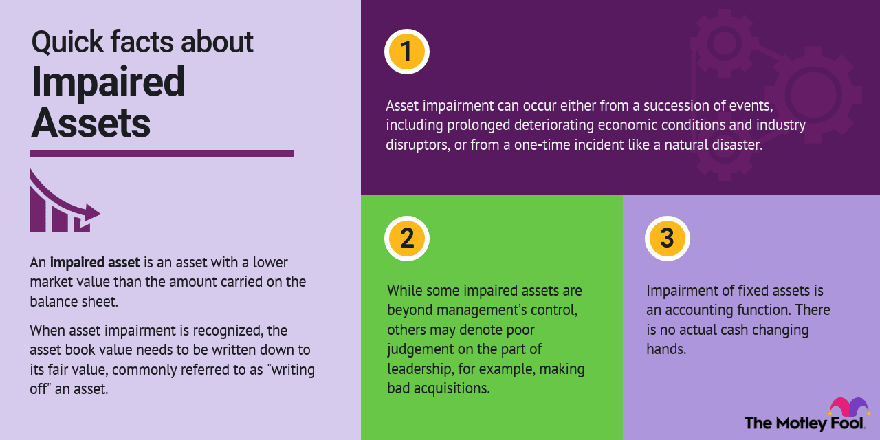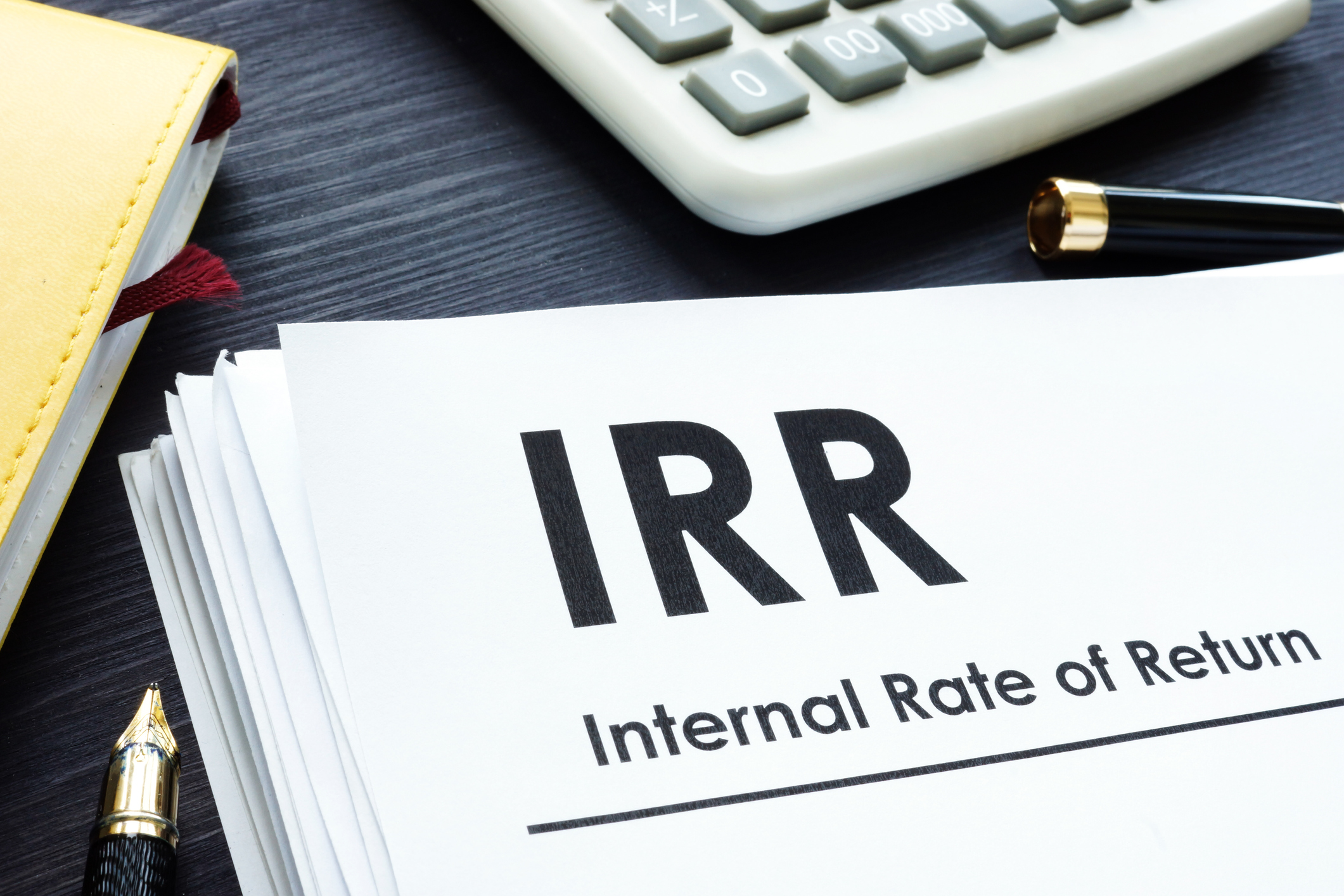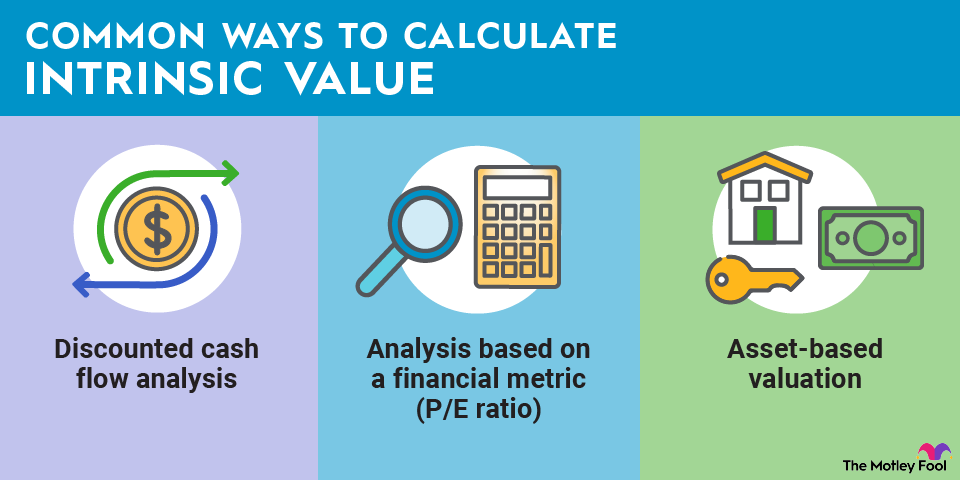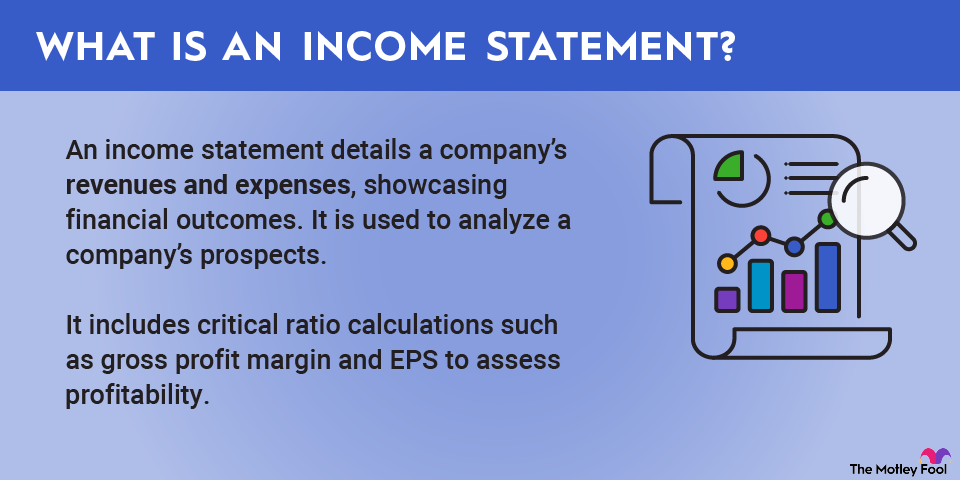(Keep in mind that gains and losses should be considered as part of the net income equation.)
Another commonly used metric is gross profit margin. To calculate, you'll first need to know the gross profit:
Gross profit = Revenue – Cost of goods sold
You can calculate the gross profit margin by dividing the gross profit by revenue. This tells investors how much profit a business makes on each sale. For example, a company that has a gross profit of $10 million on revenues of $20 million would record a gross profit margin of 50%.
The operating margin tells investors how much a company makes after spending money on costs of production. The larger the operating margin, the more likely it is that the company is able to pay for fixed costs, including taxes and interest. It’s a good measure of a company’s efficiency.
Operating profit margin = (Revenue – Cost of goods sold – Operating expenses – Depreciation) / Revenue
Finally, earnings per share (EPS) is a figure that catches the attention of investors everywhere. It’s a basic indicator of a company’s financial health. A high EPS figure generally indicates a very profitable company. Calculating EPS is a simple exercise:
Earnings per share = Net profit / Outstanding shares
Related investing topics



















